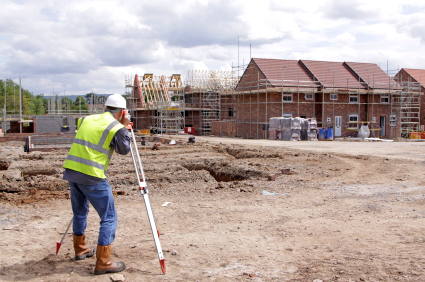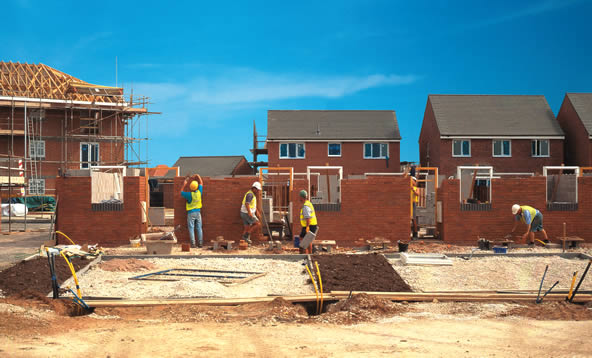The government’s
planning system is underperforming and cannot demonstrate that it is meeting
housing demand effectively, according to a report by the National Audit
Office.
The Ministry of
Housing, Communities & Local Government (the Department)’s aims to support
the delivery of 300,000 new homes per year from the mid-2020s. To increase
supply, it has implemented reforms to the planning system to help local
authorities in England determine how many, where and what type of new homes
should be built.
Between 2005-06 and
2017-18, 177,000 new homes per year have been built on average and the number
has never exceeded 224,000. To meet its ambition, the Department will need to
oversee a 69% increase in the average number of new homes built since 2005-06.
The number of new homes has increased every year since 2012-13, with 222,000
new homes built in 2017-18.
“For many years, the
supply of new homes has failed to meet demand," said Amyas Morse, the head
of the NAO. "From the
flawed method for assessing the number of homes required, to the failure to
ensure developers contribute fairly for infrastructure, it is clear the
planning system is not working well.
"The government
needs to take this much more seriously and ensure its new planning policies
bring about the change that is needed.”

In 2017, the
Department developed a standard method for local authorities to assess the
number of new homes needed in their area. The method has weaknesses and the
Department intends to revise it to be consistent with ensuring that 300,000
homes are delivered each year by the mid-2020s. Compared with the need assessed
previously by local authorities, the standard method reduces the need for new
homes in five out of nine regions, which could hamper local authorities’ plans
to regenerate. The standard method sharply increases the need in London –
31,723 homes were built in 2017-18 but this will need to more than double to
meet what the Department thinks is necessary.
As of December 2018,
only 44% of local authorities had an up-to-date local plan setting out their
strategies for meeting the need for new homes, despite it being a legislative
requirement. If a local authority can’t show it has a five-year supply of land
for housing, developers have greater freedoms to build where they want, risking
ill-suited developments. As of November 2018, the Department had only
challenged 15 local authorities that do not have an up-to-date plan.
To create new homes
and places for people to live, infrastructure such as transport, healthcare,
schools and utilities must be in place, but this is difficult as government
departments are not required to tie their investment strategies with local
authorities’ infrastructure plans, creating uncertainty about how some
infrastructure will be funded. The Department has only done a rough estimate of
the infrastructure funding required for new homes, so future costs are
uncertain.

The systems to get
developers to contribute to infrastructure costs are not working effectively,
with developers successfully renegotiating initially agreed contributions on
the basis they will be unable to maintain profit margins. Contributions agreed
with developers slightly decreased between 2011-12 and 2016-17, despite house
prices in England increasing by 31% and profit margins of top developers
increasing. If developers do not contribute, either less infrastructure is
built or local authorities or central government must pay more. The Department
is introducing reforms in this area, but some will not take effect for several
years.
The Department
reports that local authorities are increasingly processing planning
applications within target timescales, but this might reflect a greater use of
time extensions rather than increased efficiency. The Planning Inspectorate is
slow to determine appeals from developers whose applications have been refused
and acknowledges its performance is unacceptable. The time it took to determine
an appeal increased from 30 weeks to 38 weeks between 2013-14 and 2017-18.
Total spending by
local authorities on planning functions, such as processing planning
applications, fell 15% in real terms between 2010-11 and 2017-18. The
Department has attempted to deal with a shortage of planning staff in local
authorities, for example by funding a bursary scheme, but it does not know the
extent of the skills gap as it lacks comprehensive data. The Planning
Inspectorate has struggled to recruit, experiencing a 13% fall in staff between
2010 and 2018.
The Department’s
National Planning Policy Framework, published in July 2018, is an important
step in planning policy but it is too early to tell whether the changes it
introduces will be effective. Alongside this framework, the Department needs to
regularly monitor the gap between its ambition for 300,000 new homes and what
is being planned. It needs to work with local authorities and other government
departments to ensure that infrastructure is delivered more effectively, and
work with industry bodies to conduct research into the skills gaps in local
authorities’ planning teams.





















